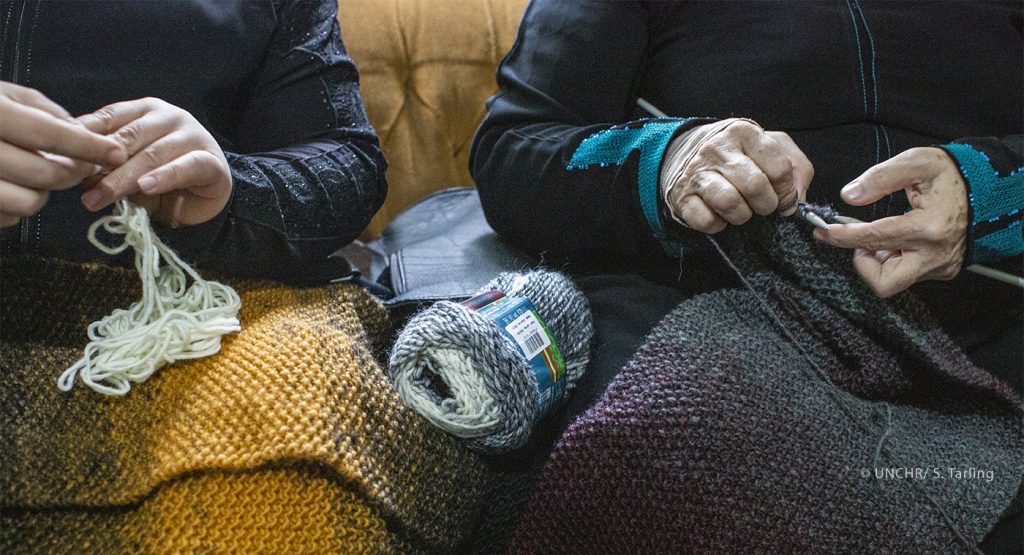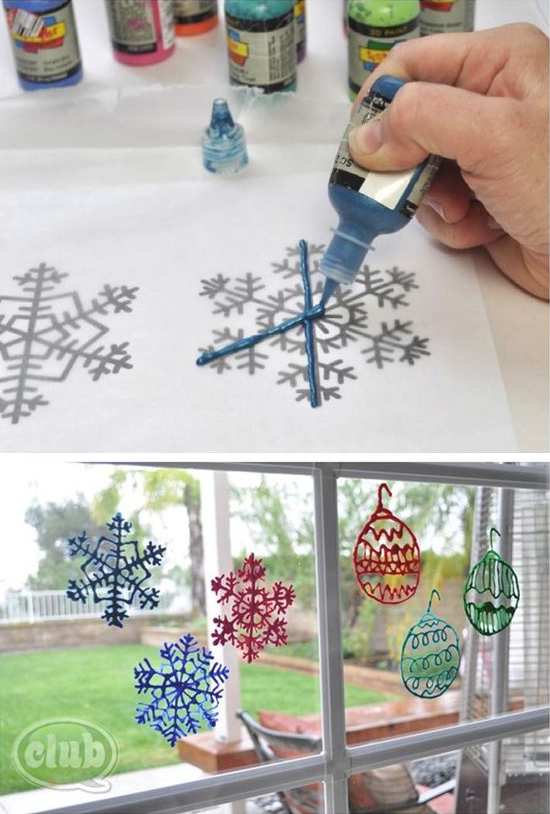
You've learned how to cast off a stitch. This is how you can bind off in knitting, both in the Icelandic- and Italian styles. The bindoff is the last stitch in a row. Also known as a "purl stitch", it is the final stitch in a row. Learn how to bind off in knitting by following these steps:
Cast off
To start a knitting project follow these directions: Reduce through the entire row. If you don’t know what to do, just follow the below instructions and apply the same technique in middle of row. The result will be almost invisible. The instructions for knitting a decrease are not easy to understand.

Purl a stitch
If you have ever knitted a piece, and you want to bind the piece off, you might be curious about how to purl a stitch. Although it is the same process as knitting, there are a few differences. You begin knitting by making two stitches on your right hand and then passing the second one over to the other. This is the basic idea of a purl stitches. You simply pass the old stitch onto the new one.
Italian bind-off
It is one of the most important finishing techniques in knitting for knit 1 purl. The tubular bind off, also known by the name "Italian bind-off", wraps around the edge to create a polished and smooth look. An expert knitter will show you how to create a beautiful binding edge. If you have trouble learning how to do this, you can use a video tutorial.
Icelandic binding-off
There are many different types of bind-offs, but the Icelandic bind-off is unique in that it creates a cord-like finish, and is an ideal choice for wearable projects. This easy and efficient technique can be used with a wide range of knitting stitches including stockinette or garter stitch. This tutorial will show you how to perform the Icelandic bind-off. Continue reading to learn more.

Stretchy bind-off
The Icelandic bind-off is particularly useful when working with garter stitch because it mimics the bumps that appear when knitting with this stitch pattern. Although it is fast and easy to use the Icelandic bound-off, the edges can flare out. For this reason, it is not a good choice for knitting projects where the edges need firmness or to pull in. Instead, knit with stockinette yarns or looser gauges for the lace bound-off method.
FAQ
What are collection hobby?
Books, movies, music and comics are the most popular collections.
You can also collect anything from stamps to coins to cars to dolls to action figures to model kits to figurines to art supplies to tools to kitchen utensils to jewelry to watches to gadgets to clothes to furniture to antiques to...
I think you get it.
What are some great hobbies?
Doing something you enjoy is the best hobby. You will find it easier to stay motivated if you love what your doing. You will have a reason when you feel sick or tired.
We all have hobbies that we love and know. These include painting, crafting, photography, cooking and sports.
You could also consider volunteering at a local charity shop, animal shelter, children's hospital, hospice, elderly care home, school, community center, church, etc.
If you're looking to do something more adventurous, Try scuba diving, rock climbing or parasailing.
There are many ways to enjoy nature, even if you don't want to travel far. You can go cliff diving, cave tubing or snowshoe hiking, snowshoeing or snowkiting.
What hobbies are best for introverts and what types of hobbies would they enjoy?
Introverts can focus on only one thing at a given time. They are more comfortable with solitary activities, such reading, writing, music, and watching movies.
They also enjoy spending quiet time alone. They do not like to socialize all day. They can even become bored when they're surrounded by people.
Introverts are often drawn to hobbies that require solitude. Introverts may love reading books, listening and/or playing music, or painting, drawing, writing poetry and taking photographs.
Some introverts prefer to live alone. They can focus on their hobbies and not be distracted by other people.
Is it possible make a living from a hobby?
Not necessarily.
If you are interested in starting a business that is based on your hobby you can be a millionaire.
Let's suppose you enjoy cooking. You love healthy food and decided to open a restaurant.
You only prepare organic meals from scratch. To cover the labor and ingredients costs, you will charge your customers a small service fee.
You grow your clientele and eventually you hire employees who can work with you.
You may eventually add vegan dishes and gluten-free options to your menu.
In this situation, you have a successful business which has allowed you the freedom to lead the lifestyle that you want.
This doesn't mean that you have to give up your job.
Instead, you could simply run your restaurant while still holding down your regular 9-5 position.
What hobbies are in fashion right now
Popularity is not always a positive thing. Popularity can often be used to excuse mediocrity. Most people don't have the time or energy to pursue their hobbies. They are too busy trying to make ends meet. What do you do with your spare time? You could start your own company.
It's not easy. There are many obstacles to overcome before you can turn your idea into reality.
A hobby is a great option if you're looking to do something different than run a business.
Hobbies are not limited to creative pursuits. There are many hobbies. These hobbies include:
-
Gardening
-
Cooking
-
Photography
-
Reading
Statistics
- The intensity of the dialogue partners' bond at the end of the forty-five-minute vulnerability interaction was rated as closer than the closest relationship in the lives of 30 percent of similar students. (time.com)
- The Role of the Mind in Sex, Dating, and Love: Men in the “humor” condition received phone numbers from 42.9% of the female participants and were refused 57.1% of the time. (time.com)
- Studies show that just six minutes of reading can reduce stress levels by 60 percent. (oberlo.com)
- Almost 80% of people claim to have no hobby. (hobbylark.com)
- 37% Video Games 36% Travel 36% Health and Fitness (quizexpo.com)
External Links
How To
How to get started gardening
Gardening is one form of agriculture that dates back to the beginning. It requires persistence, patience, and determination. The first step in starting your own garden is choosing a location where you want to grow food. This could be a large plot of land or even just a small area in your backyard. Next, choose what kind of plants you would like to grow. Are you more fond of flowers or vegetables? Some people are passionate about growing herbs, while others like raising livestock like rabbits. Before you decide on the type of crops you want to plant, it is important to consider the space available. If you live in a climate that experiences cold winters, then you might decide to grow fruits or berries as they do well in colder climates.
Once you have made your choice, it is time to prepare the soil. Your plants' success or failure will depend on the soil they are placed in. A good soil has organic matter which helps to feed the roots of your plants. Organic matter includes leaves, twigs (grass clippings), manure, compost, and manure. Once you have prepared your soil, you need to add nutrients. You will need different amounts of nutrients depending on which type of plants are being grown. Online fertilizer calculators can be used to determine these values. There are many fertilizers to choose from, so it is important that you are familiar with the product you are using.
After preparing your soil and adding the proper nutrients, you now need to wait until your seeds germinate. This process usually takes anywhere from 2 weeks to 3 months, depending on the weather and the temperature in your area. After seeds have sprouted, water them every day. Problems can arise if you water your plants too frequently or too little. Ensure you give your plants enough water at regular intervals and avoid overwatering. Overwatering your plants can lead to root disease and fungal infections. Keep in mind that plants are more thirsty during summer than winter. You should also remember that some plants will need to dry out once they have been watered. For example tomatoes should be kept slightly moist and not wet. They don't like to sit in soggy soil. After they have finished flowering, they must go dormant. Dormancy occurs when plants stop producing any new growth and start to store energy for the next harvest. Dormancy occurs when the plant stops sending signals that tell its roots to produce food. Throughout this period, the plant stores energy. The plant will eventually die if it is not given enough sunlight or temperatures below freezing.
Living in urban areas may restrict the types of plants you can plant. Concrete sidewalks, roads and buildings are common in urban areas. They block sunlight from reaching the ground. Concrete absorbs light which blocks sunlight from reaching the ground below. Because of this lack of sunlight, many plants cannot survive in cities. Fortunately, there are still many plants that can thrive in an urban environment. Many perennials, trees, and shrubs are able to adapt to urban living. Many annuals are also possible to grow indoors in containers. You can have fresh greenery all year round with container gardens.
Now you're ready to plant.